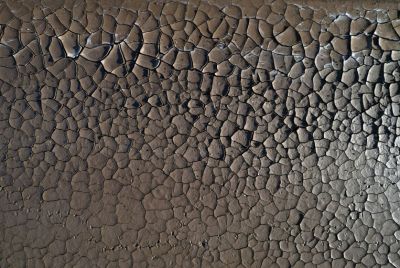Coal Ash Contamination Detected in 10 U.S. States
The independent Environmental Integrity Project reported Tuesday that some 20 sites in 10 U.S. states risk toxic contamination from coal ash.
According to the U.S. Environmental Protection Agency, including the latest sites, there are now a total of 157 sites identified by the agency with coal ash contamination.
Coal ash is a byproduct waste of coal-fired power plants. It contains concentrations of heavy metals and salts that can seep into the environment unless properly disposed of in ponds with liners and covers, Jeff Stant, the report's editor, told Reuters. The contamination normally gets into groundwater and the soil.
Nineteen of the 20 newly identified sites showed groundwater contaminated with arsenic or other toxic metals that go over the maximum contaminant level contained in the Safe Drinking Water Act. Most U.S. states do not strictly require ponds to be lined, nor any construction standards or cleanup requirements, Stant said.
The 20th site showed its soil contaminated with arsenic 900 times above the federal screening level for site cleanups, the report said.
People living near coal ash contaminated sites reported contaminated streams, respiratory problems and air pollution strong enough to transform a white house into black. Even animals are not spared, as what one rancher pointed out. The rancher said he closely monitors the amount of sulfate in the water that his cattle drink because he believed the chemical can either kill his herd or cause abnormalities.





















